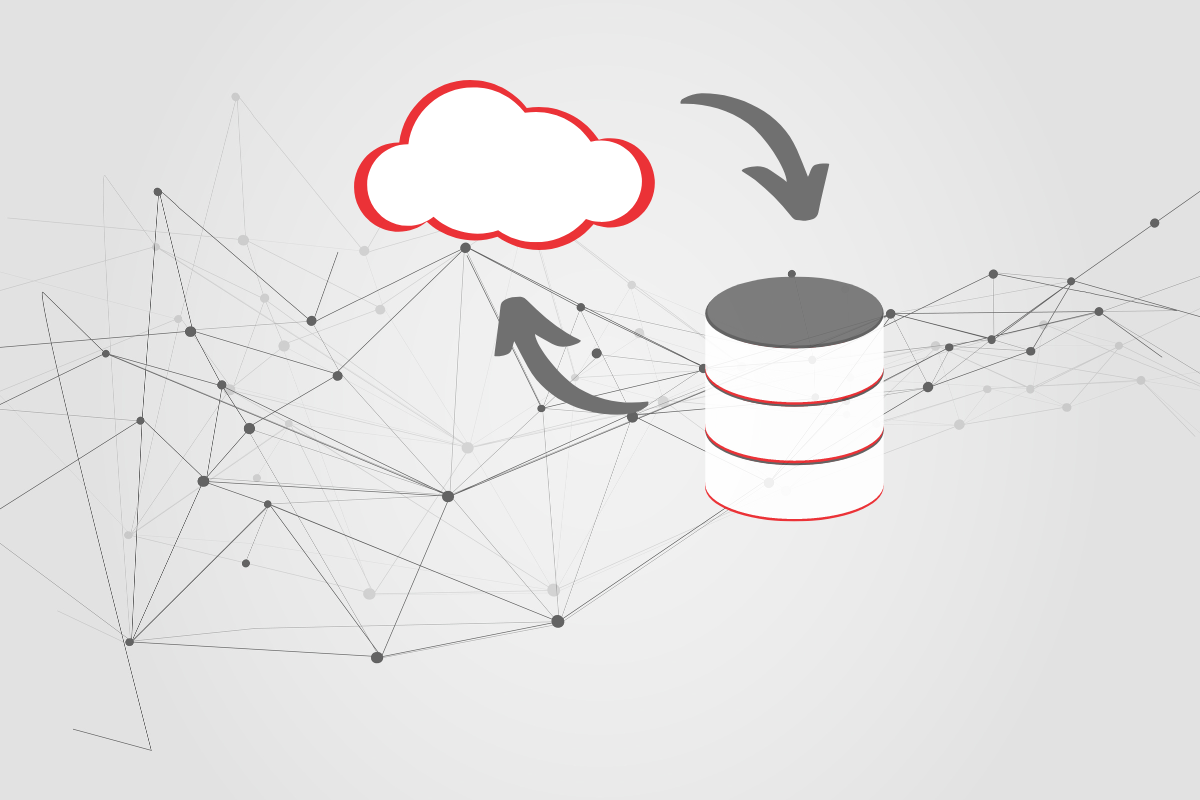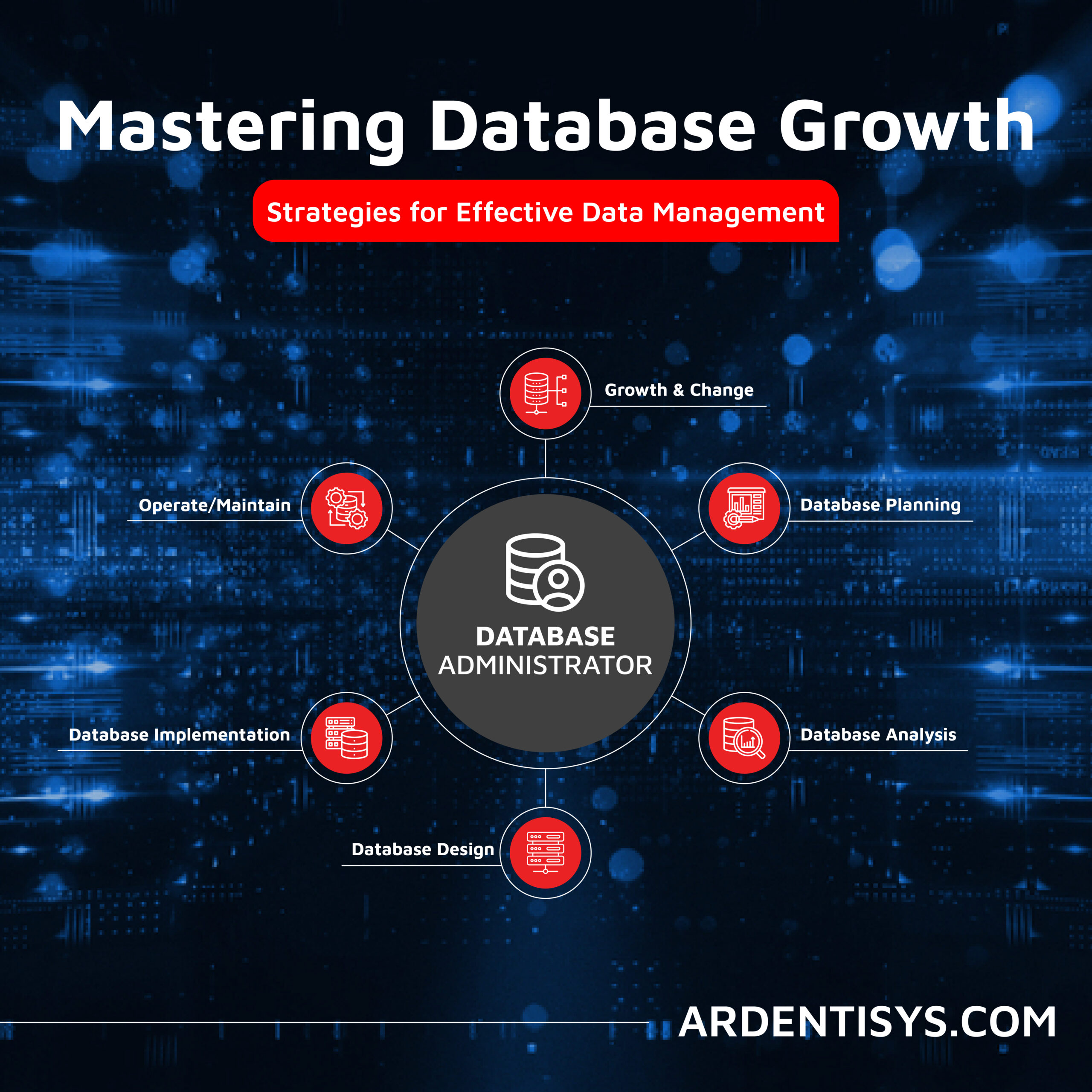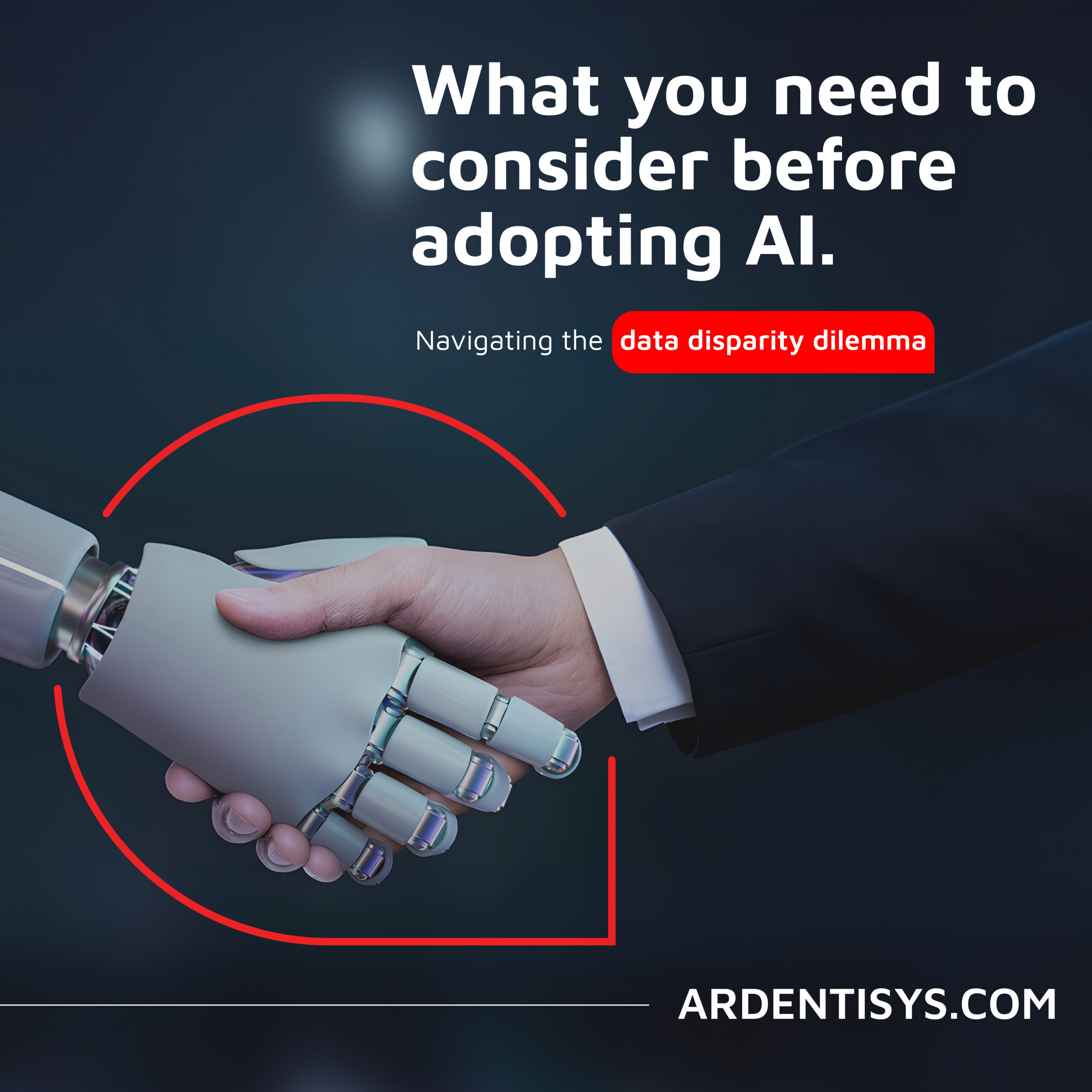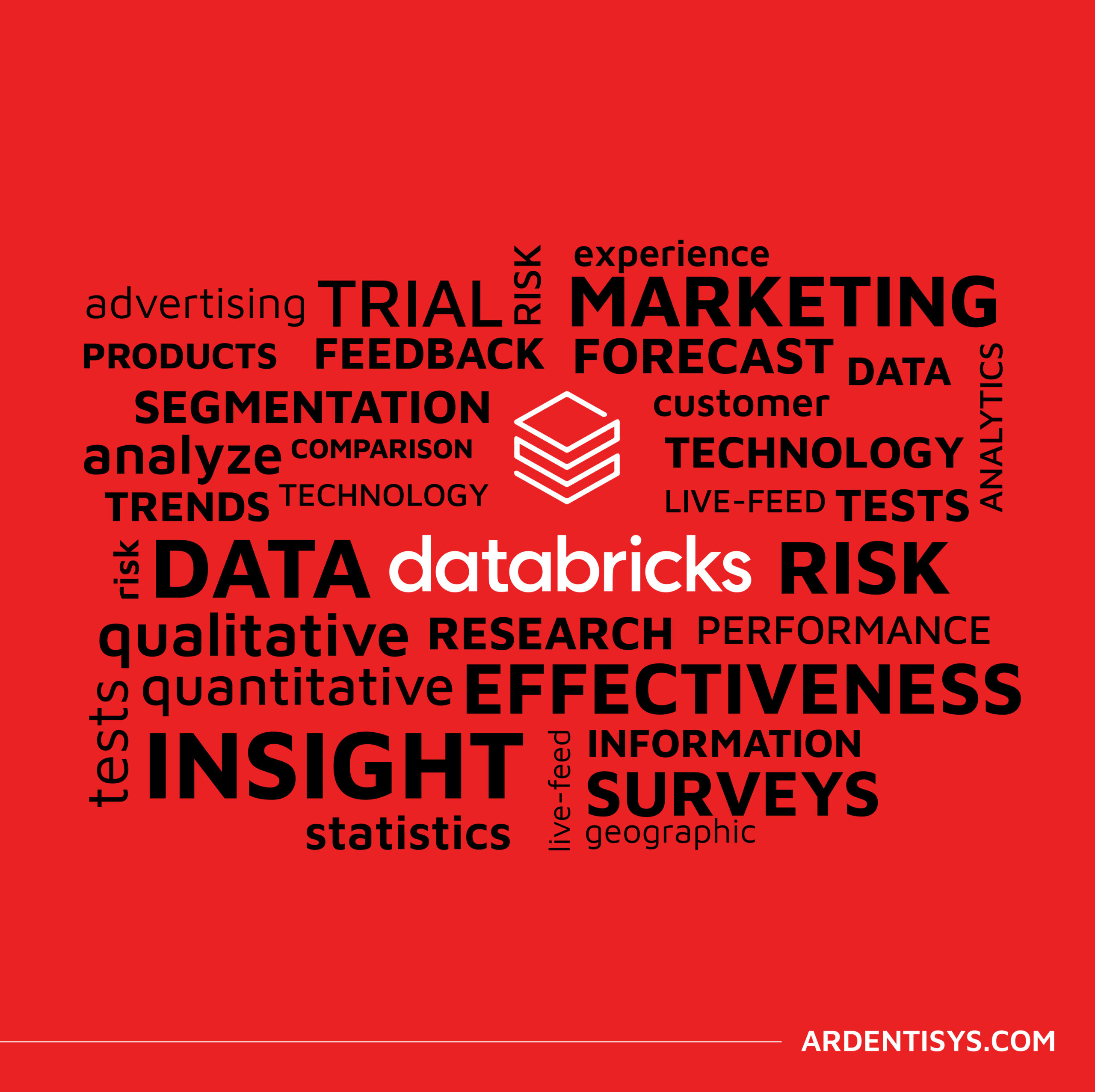Migrating data – how to plan your data migration
14 September 2022 | Noor Khan

On average for a data migration project, costs overrun by 30% and time overruns by 41% as highlighted in a report by Oracle. Most data migrations fail to be completed within time and budget for a number of reasons including the understanding of the quality of data, lack of sufficient data governance and thinking that data migration is completed once the data has been moved to name a few. This can lead to complex business challenges for businesses, especially those dealing with large volumes of data.
In this article, we will look at migrating data and how to effectively plan your data migration so you can avoid failure, additional spending and prolonging the project with insights from Ardent experts.
Data migration plan

Goals and objectives
You will have the goals and objectives of your migration project and how they will contribute to your business growth. However, establishing these and having them as part of your plan will help you keep on track. Write down the reasons for migrating your data along with the key challenges it will help you solve. Has your data outgrown your existing infrastructure, do you have challenges with data performance or accessibility? Whatever the reason, it is important to capture and keep the end goal in mind duration of the migration project.
Data migration strategies
There are two main data migration strategies you can employ for your data migration project, whether that is ‘Trickle database migration’ or a ‘Big bang database migration’. Both have key benefits and limitations to consider, therefore you will need to find the right solution for you.
Trickle database migration – Trickle database migration is the migration of data in small segments. This means that each segment of data will have its own scope and timeline and it will ensure that your data migration is more manageable. This approach can be costly as you will have to run both systems in synchronisation, however, this does mean there will be zero downtime and you have better data accessibility.
Big bang database migration – The big band database migration can be a cost-effective solution, however, there is an increased risk of failure as all the data is migrated at one time. This also requires a downtime of the systems with a lack of data accessibility during that time.
Find out more about data migration strategies and choosing the right one for you.
Data migration technologies
If you carry out a lot of your data engineering in-house whether that is managing your database or monitoring your data warehouse, then you will likely have a preferred technology stack. Therefore, you may opt for similar technologies. For example, if you have always worked with AWS technologies, then you may choose to adopt Redshift for your data migration as you are familiar with AWS. Alternatively, you may not find AWS technologies suited to you or your business, whether that is cost complexity or another reason altogether. Instead, you may opt to employ Azure, Ms SQL Server or Databricks to carry out your data migration.
If you are finding it a challenge to decide on the right technologies, as your decision will have a long-lasting impact, whether that’s positive or negative, get in touch with an expert.
Find out about our AWS expertise and being a Microsoft Gold Partner.
Risk assessment
Carrying out a risk assessment is imperative in order to mitigate any costly issues that may arise. Note down all the potential risks that may arise. For example, you may think your data sets might have compatibility issues with the new system or technologies. Therefore, to mitigate this, you can run tests to see if your data can perform within the new infrastructure. Another challenge you may face is facing issues with data quality if you are migrating all your data without cleansing it. Therefore, it might be worth cleansing your data or initiating some data governance practices to ensure your data is clean, accessible and useful.
Budget
The budget may be out of your control, however, once you have a budget for the project, you can work on how you will approach your data migration. If you have in-house resources you can utilise them it might be a cost-effective solution to carry out the data migration in-house. However, if you have a budget that can cover outsourcing your data migration, then it’s an option you should consider as it can save you long-term costs as you will be dealing with experienced data engineers.
Timeline of the project
Create a project timeline and set achievable goals and objectives within a certain time frame. If you are going with the trickle data migration option, then you can set KPIs to measure the success of each mini data migration you carry out. Creating a timeline will help you understand realistically what milestones you can achieve within a set time frame. Additionally, you may want to share this timeline with all those involved to provide a rough time frame of when they may expect any downtime. It can also help to ensure the entire team is on the same page of working together towards the end goal.
Testing
The end of data migration is not once the data has been moved from one location to another. Testing needs to be part of the entire project to ensure that no issues and failure occurs with the data in the new environment. It's essential to validate the data layer as part of the data migration project.
Outsourcing data migration
Once you have created your data migration plan, you may find that you require expert assistance to bring your data migration project to completion. You may want to consider outsourcing your data migration as it will offer you access to experienced data engineers, leading technologies and peace of mind knowing your data is being handled by experts.
If you do opt for outsourcing your data migration, there are many factors you should consider for your data migration provider including:
- Successful projects and proven track record
- Relevant experience
- Knowledge and access of leading technologies
- Data security practices and accreditations
Ardent data migration solutions
Ardent have a proven track record of successfully delivering data migration solutions to a wide variety of clients dealing with a range of data. Our data migration engineers are proficient in leading technologies with expertise in AWS, Microsoft (Azure), Oracle, Databricks and more. If you are looking to migrate your data by experienced engineers, then get in touch to find out how Ardent can help you achieve your data migration goals.
Explore our data engineering services and our technology partners.
Ardent Insights

Overcoming Data Administration Challenges and Strategies for Effective Data Management
Businesses face significant challenges to continuously manage and optimise their databases, extract valuable information from them, and then to share and report the insights gained from ongoing analysis of the data. As data continues to grow exponentially, they must address key issues to unlock the full potential of their data asset across the whole business. [...]
Read More... from Migrating data – how to plan your data migration

Are you considering AI adoption? We summarise our learnings, do’s and don’ts from our engagements with leading clients.
How Ardent can help you prepare your data for AI success Data is at the core of any business striving to adopt AI. It has become the lifeblood of enterprises, powering insights and innovations that drive better decision making and competitive advantages. As the amount of data generated proliferates across many sectors, the allure of [...]
Read More... from Migrating data – how to plan your data migration

Why the Market Research sector is taking note of Databricks Data Lakehouse.
Overcoming Market Research Challenges For Market Research agencies, Organisations and Brands exploring insights across markets and customers, the traditional research model of bidding for a blend of large-scale qualitative and quantitative data collection processes is losing appeal to a more value-driven, granular, real-time targeted approach to understanding consumer behaviour, more regular insights engagement and more [...]
Read More... from Migrating data – how to plan your data migration






